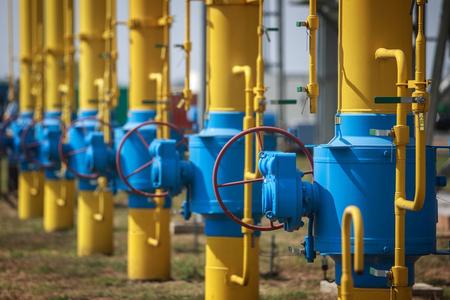The current evaluation is supported by competitive exports, stable foreign direct investments (FDI) and EU capital inflows, according to the agency.
What the agency appreciates
The Finance Ministry reports that Fitch emphasised Slovakia's credible policy framework supported by the EU and eurozone membership.
“We are pleased that the independent rating agency positively evaluates Slovakia's creditworthiness as well as the quality of public finance management,” Finance Minister Igor Matovič reacted, as quoted by the TASR newswire. “Especially in an historic situation of the extremely complicated concurrence of the pandemic crisis and war conflict on the eastern border.”
The agency also noted that Slovakia's level of state debt is stable. Public debt/GDP peaked at 62.5 percent in 2021 and is expected to fall very gradually to 58.0 percent by 2025, thanks to a modest narrowing of the primary deficit, strong nominal growth and low-interest rate costs.
Slovakia's 2021 Fiscal performance was better than expected, thanks to stronger revenue and lower capital expenditure, with the deficit at an estimated 6.3 percent of GDP, the agency wrote.
“We now forecast an only modest fall in the deficit, to 5.3 percent of GDP in 2022, as we expect higher expenditure pressures stemming from the Ukraine-Russia conflict,“ the report reads.
Weak sides
When it comes to Slovakia's economic weaknesses, the Fitch agency lists inflation growth, the pressure on public finances due to the Russian invasion of Ukraine and Slovakia's high dependence on the import of Russian energies.
The agency expects economic growth to slow down from 3 percent in the previous year to 2 percent in 2022.
“We expect public investment to provide some momentum in 2022, in line with the higher absorption of the 2014-2020 Multi-Annual Financing Framework and from the Recovery and Resilience Fund (RRF),” the agency wrote. “Higher investment, combined with our assumption of a normalisation of external trade, will lift growth to 4.6 percent in 2023.”




